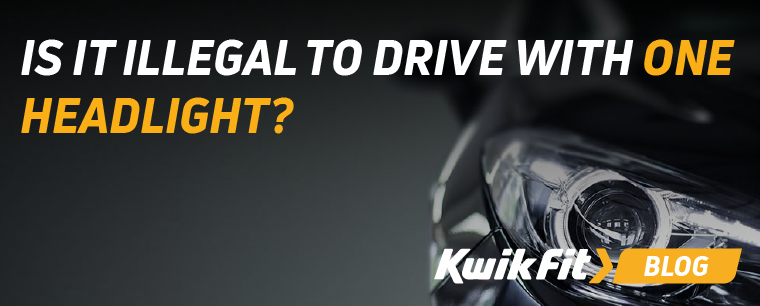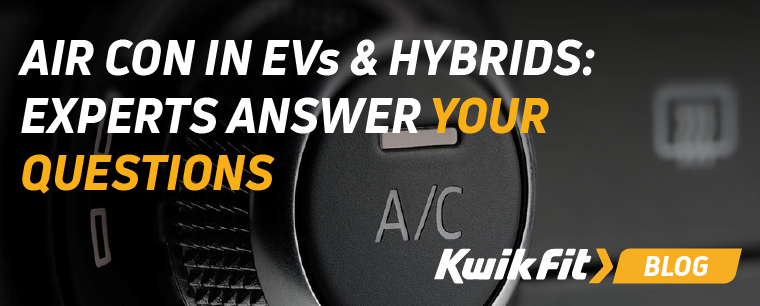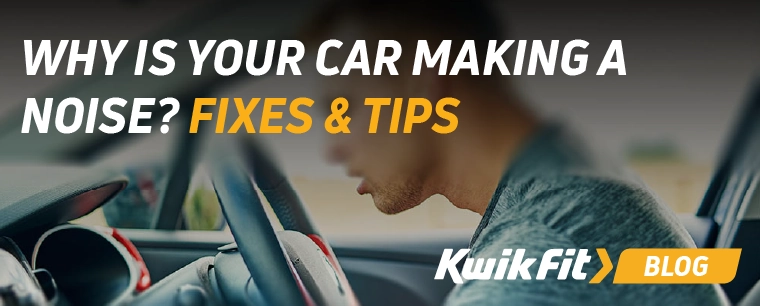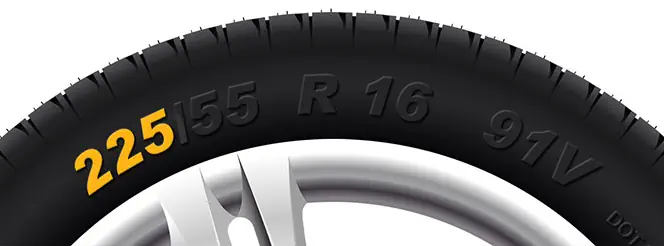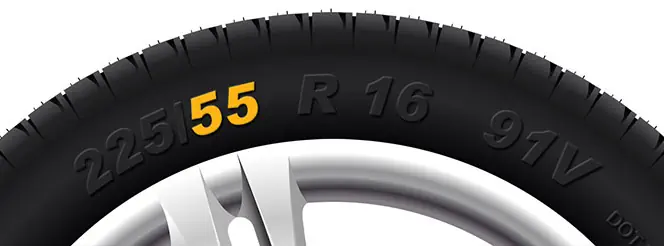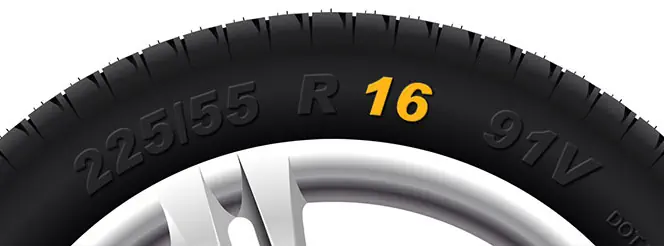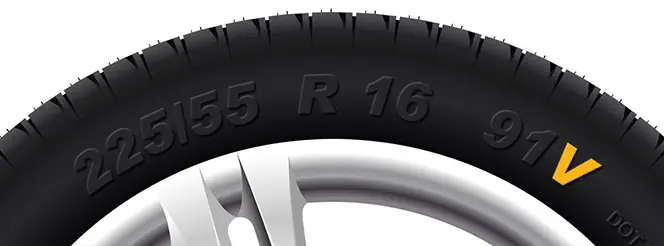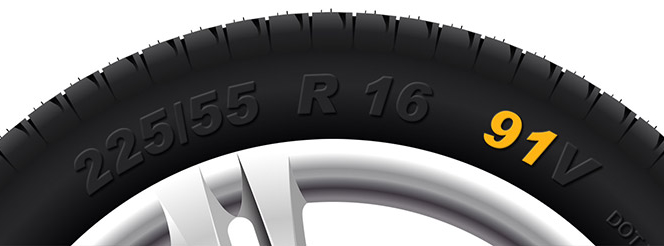Stay Alert With These 10 Road Safety Tip
Jessica Bird | Saturday 17th May 2025 9:13am
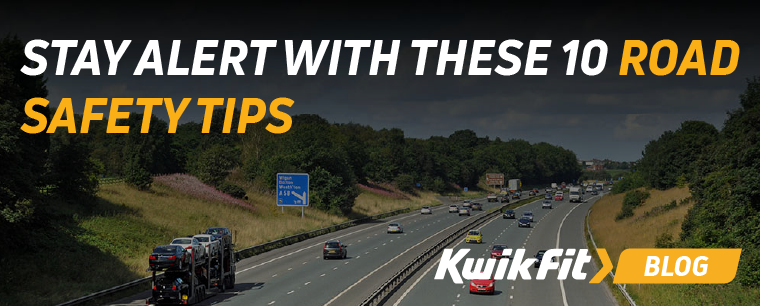
Staying safe on the road is everyone’s responsibility – whether you’re behind the wheel, on two wheels, or on two feet crossing the street. As drivers, it's crucial to be alert and considerate, especially when sharing the road with vulnerable users like pedestrians, cyclists, motorcyclists, and horse riders.
Whether you’ve just bought your first car or you’ve been driving for forty years, it never hurts to brush up on your road safety skills. So, the experts at Kwik Fit have pulled together 10 essential road safety tips to help you drive more mindfully and keep everyone safe on the UK’s roads.
1. Stay focused; avoid distractions
It only takes a split second of distraction to cause a serious accident. Whether it’s checking your phone, adjusting the sat nav, or eating on the move, taking your eyes off the road puts everyone at risk.
It’s always helpful to set your destination, opt for a playlist or radio station, and put your phone on ‘Do Not Disturb’ before you set off. If something does end up needing your attention, it’s always best to simply pull over in a safe space and see to it, rather than risk distracting yourself at the wheel.
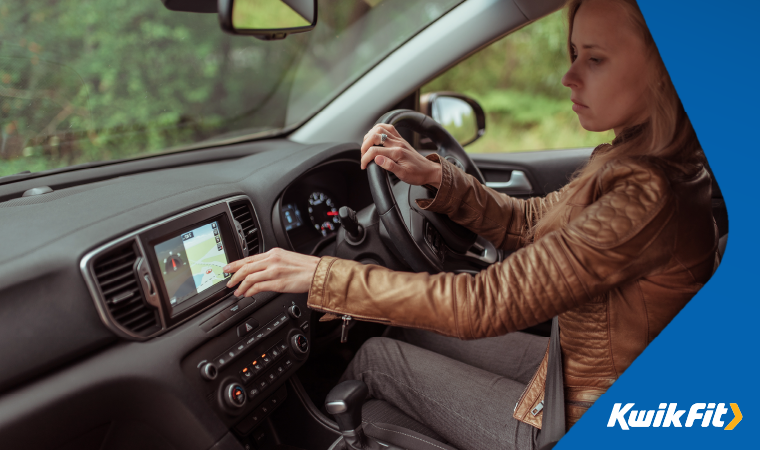
2. Be conscious of your speed
You’ve almost certainly heard this before, but speed limits are limits, not targets – and while many country roads technically have a speed limit of 60mph, that doesn’t mean that it’s sensible or safe to drive at that speed. This is especially the case in poor weather, heavy traffic, or through residential areas.
Even in lower-speed areas, such as 20mph zones in towns or near schools, extra care is needed. Pedestrians, cyclists, and especially children may be harder to spot – particularly if they're hidden by parked cars – and they can behave unpredictably. Slowing down gives you more time to react and helps protect the most vulnerable road users.
3. Give cyclists plenty of room
Cyclists don’t have the protection of a vehicle, so it’s important that you give them plenty of space. The Highway Code now recommends at least 1.5 metres (roughly a car door’s width) when overtaking cyclists at speeds of up to 30mph, and more when you’re going faster.
Crucially, bicycles are inherently more at the mercy of road conditions than cars – a small pothole can easily throw out a cyclist’s steering and send them tumbling into the road. So be patient. If it’s not safe to pass with ample room, wait until there’s enough room.
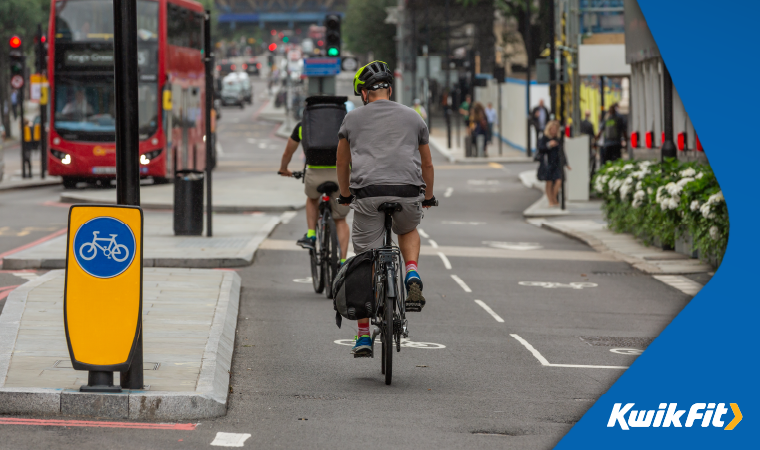
4. Stay sober
It should go without saying that you shouldn’t take illegal substances and drive, but even a small amount of legal substances (such as alcohol or some prescription medication) can affect your reaction times, judgment, and coordination.
If you plan to drink anything, or you’re taking medication that might affect your driving, play it safe and plan ahead with a designated driver, or use public transport.
5. Drive according to the conditions
Rain, fog, ice, and even bright sunlight can affect visibility and stopping distances. Wet roads, for example, can significantly affect your braking distance, and ice can increase it by up to ten times.
So, make sure to keep your windscreen clear, check your tyres regularly, and drive slower in poor conditions. It’s also important to always check that your headlights and wipers are working correctly before setting off.
6. Check for vulnerable users at junctions
Many accidents happen when drivers fail to spot pedestrians, cyclists, motorcyclists, or horse riders when turning at junctions. These road users are often hidden in blind spots or overlooked entirely.
Slow down and look carefully in all directions before pulling out or turning. Give way to pedestrians crossing, and double-check your mirrors for cyclists filtering through traffic.
7. Use your indicators clearly and ahead of time
Signalling isn’t just a formality, it’s how we communicate with everyone else on the road. Giving clear and timely signals helps pedestrians and other drivers anticipate your actions, reducing the chance of confusion or collisions. So it’s crucial that you signal early and check your mirrors before changing lanes or turning.
Don’t rely on indicating alone; someone in another lane, for example, may not have seen you indicate, so ensure that it’s actually safe before making a move.
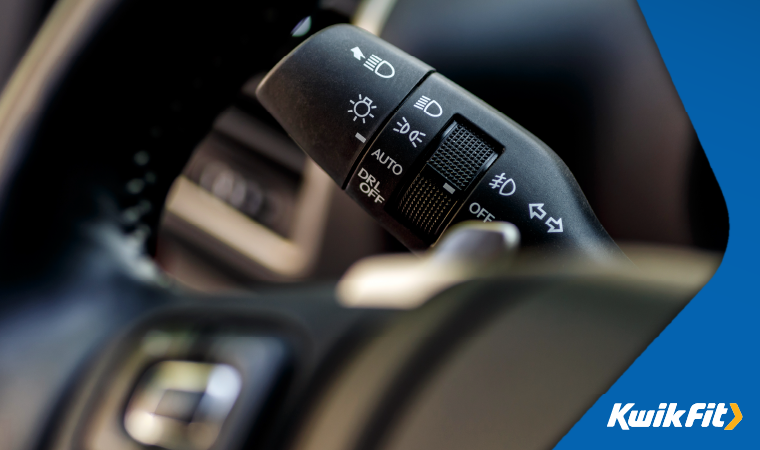
8. Respect zebra and pedestrian crossings
Zebra and pedestrian crossings are legally protected for people on foot. Which means that you have to stop if someone’s waiting. Failing to stop for someone at a zebra crossing can result in points on your licence as well as a fine — not to mention the risk of injury if someone walks into the road expecting you to stop.
As such, be sure to slow down as you approach pedestrian crossings and be prepared to stop – and never overtake near a crossing or block it during heavy traffic. Blocking a crossing puts pedestrians at further danger as they’re forced to walk around your vehicle.
9. Don't drive tired
Similar to driving sober, avoid driving if you’re tired — it can be just as dangerous as driving under the influence. Slower reactions, poor judgment, and the risk of microsleeps can lead to serious or fatal accidents, especially when driving on repetitive roads like motorways.
On long trips, take a break at least every two hours. If you feel drowsy, stop in a safe place and rest. Coffee or fresh air alone are not substitutes for sleep!
10. Keep your vehicle in good condition
A well-maintained car is always a safer car. Tyres, brakes, lights, suspension, and windscreen wipers all play a key role in keeping you safe on the road. It’s great to be able to react to a hazard at the right time, for example, but you also need your brakes and tyres to be able to actually stop the car in time.
Regular checks, repairs, and maintenance can prevent breakdowns and accidents so that you can drive with peace of mind.
Thankfully, the experts at your local Kwik Fit centre are always on hand to support with any car maintenance need – whether you need a free inspection, an MOT, or a full service, we’re here to help. Browse our services & book an appointment here.
Any facts, figures and prices shown in our blog articles are correct at time of publication.
Featured Articles
Is it Illegal to Drive With One Headlight?
Saturday 19th July 2025
Wondering if it’s illegal to drive with one headlight? Learn about the safety risks and penalties of illegal blown bulbs and why you should fix them promptly.
Air Con in EVs & Hybrids: Experts Answer Your Questions
Monday 30th June 2025
Does air con drain EV batteries? Can you use the air con while charging an electric car? Find out the answers to these questions & more from Kwik Fit’s experts.
Why Is Your Car Making a Noise? Fixes & Tips
Friday 13th June 2025
When your car starts making unexpected noises, it can certainly be quite disconcerting; it may be nothing to worry about, but here’s what you need to know.


